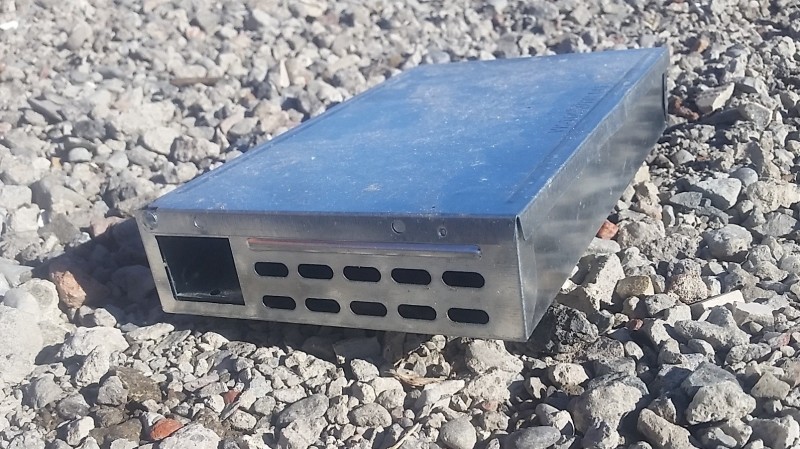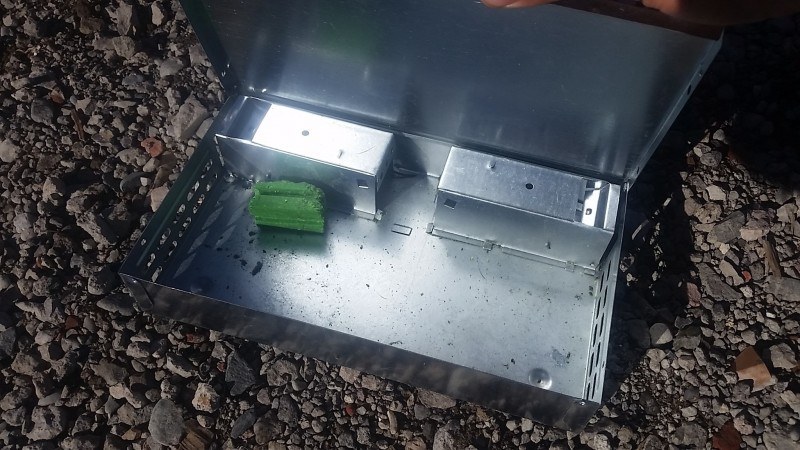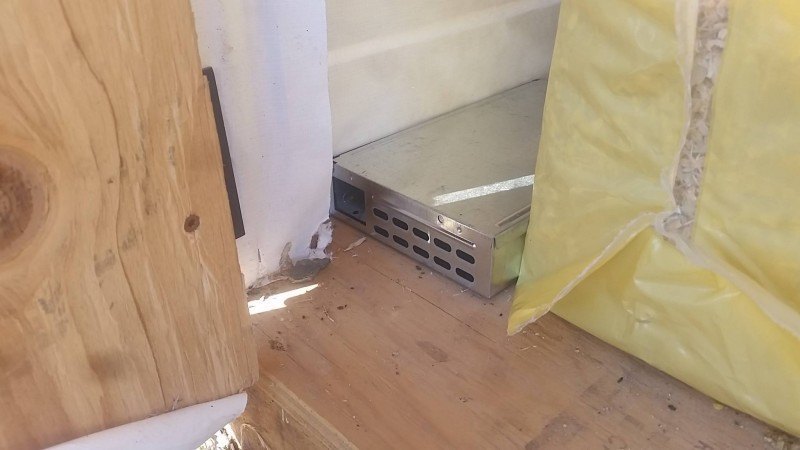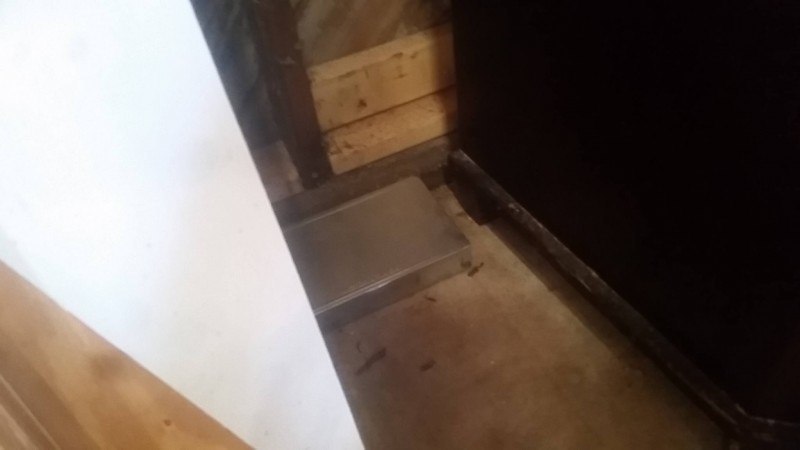Rodents can be cute, but it’s no secret that they carry and transmit some pretty bad stuff. That’s why we’re serious about keeping them out of our home, and keeping their numbers down around the property. There’s no shortage of barn cats, foxes, owls, and snakes in our neighborhood, which all should help in controlling rodent population, but every year in the fall we get a few that try to take up residence in our home or garage.
Mice have been pestering Man since pretty much forever, so we’ve come up with plenty of inventions for getting rid of them – when you’re in the store aisle looking at all these different types of traps and baits and glues, it’s pretty hard to tell which works best. After trying most common methods, and this fall I think I finally have found a winner: the Tin Cat.
I was sick of resetting traps or being outsmarted (by mice!), and this trap is stupid-simple and just works. I know there is a disclaimer at the bottom of every post, but no one is paying me to say this: The Tin Cat is awesome and you should buy one.
| Method Tried | My Results | My Rating (1-10, 10=best) |
| Snap Traps | The old standby. These are the traps my parents would buy if we ever saw a mouse when I was a kid. There are a few different manufacturers and models now, but they’re all pretty similar. They work pretty well… when they work. However, far too often, I have baited and set these to come back the next day and find the bait gone, but no mouse. You can manipulate the “catch” mechanism that holds the bar, to make the trap more sensitive, but then it becomes harder to place and there are still no guarantees. On the up side, they’re cheap! | 5 |
| Poison Bait | No doubt, by now man has worked out how to poison a mouse. This stuff works, but typically the mouse will grab some bait and then leave, only to die in the wall of your kitchen. Smells delicious 🙂 Other undesirable outcomes include: pets eating the poison, pets eating poisoned rodents (and ingesting it themselves), native wildlife eating poison…. ok, so basically the downside is that it works. I have a dog and birds, so I ruled out using this on its own. | 6 |
| Glue traps | Glue traps can work, but in general can only be used once, meaning if you have a larger area you want to control you’re going to be buying lots and lots of these. Positive: they’re easy to set. Negative: I’m not a fan because they’re rather indiscriminate, adhering to basically everything. In a dusty garage they become coated and worthless after a while. When it works, the captured rodent is stuck to the thing until it dies of dehydration. Fun. I pass on these. | 3 |
| Electric traps | Haven’t tried electric traps yet. They actually sound effective, zapping the vermin with electricity. You can reset these, bait with your choice, replace the batteries…. seems legit. Except for needing lots of batteries. Aside from that I’m pretty interested. Maybe I’ll pick one up in the future, and review here. | ? |
| Tin Cat | I have only seen these at one local retailer so far, although you can find the maker’s “Victor” products just about everywhere. The Tin Cat is for mice only, but that is it’s only drawback. Basically it is a tin box that mice can enter, but can’t leave (so it’s a “live” trap). It operates on gravity, is easily maintained, and the part I love: it never needs to be ‘reset’ (only emptied) and will catch as many mice as will enter. This trap simply keeps the mice inside, and allows you to dispose of them however you’re comfortable. We use it with a poison bait (which smells like candy, seriously, I want to taste it) and it works great! The trap protects the bait from being eaten by anything but mice, and then contains any poisoned mice from being eaten by a pet or dying somewhere in my house. I feel like it’s the best situation. The most mice we’ve caught at once is 5, but we’ve only started using them this year. I have a few of these traps now, and feel like I have the mouse thing under total control. | 9.5 |











One of the best guides to rodent-control I’ve ever read! Thanks, Modern Settlers.
We have been using this method on our homestead for about a year and agree it is by far the best method we’ve tried.